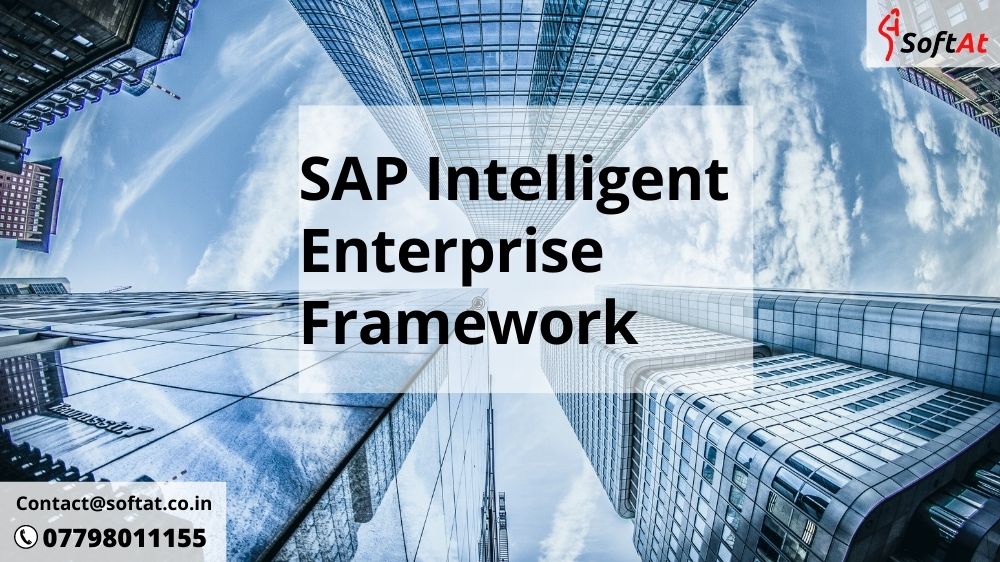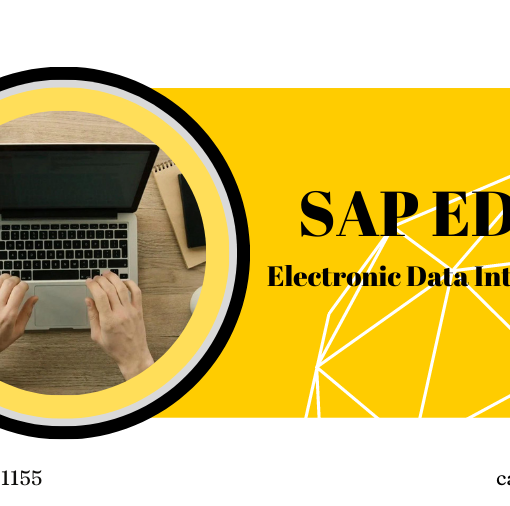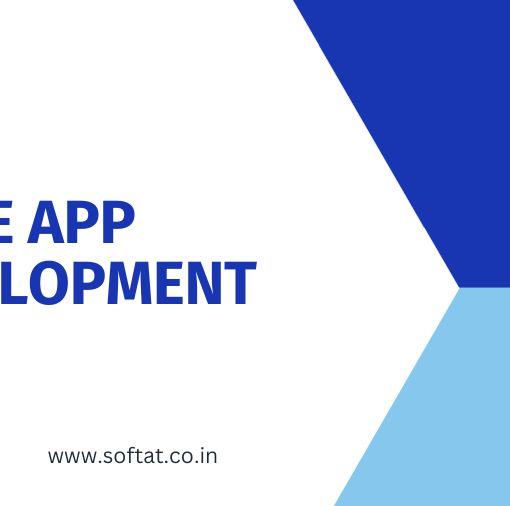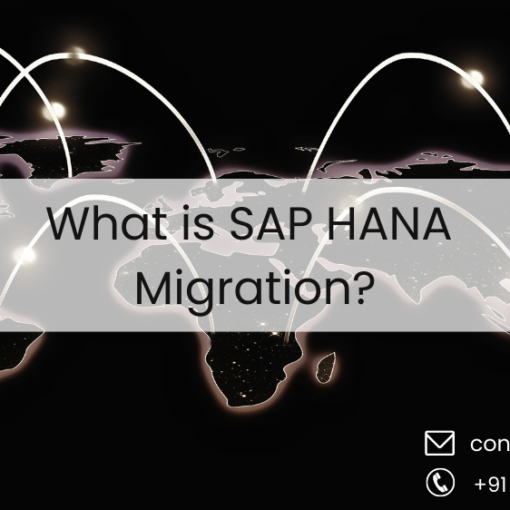What exactly does the term “intelligent enterprise” imply? You’re not alone if the SAP acronym perplexes you. SAP Intelligent Enterprise Framework Learn what the experts have to say about the topic and why it may be more important than you believe.
SAP’s Enterprise Intelligence strategy : (SAP Intelligent Enterprise Framework)
SAP provides an Intelligent Enterprise Framework to firms that are just getting started on their path. (SAP Intelligent Enterprise Framework)
According to Geoff Maxwell, worldwide head of business strategy and execution for SAP Intelligent Enterprise solutions, an Intelligent Enterprise isn’t only about the technology; it also necessitates a shift in the organization’s culture and practices.
“How can I run my organization in a way that is capable of adapting to the outside environment and leverages whatever I have available?” says the Intelligent Enterprise. Maxwell remarked.
This entails combining operational and experiential data into a single platform, allowing businesses to manage both and gain insights from both, he explained.
Instead of making decisions solely on the basis of financial consequences, the Intelligent Enterprise considers the customer and employee experience as well. When business leaders need to make HR decisions, for example, they consider not only how the hire would affect them financially, but also how it will affect customers, according to Maxwell.
According to Maxwell, analytics play a significant role in the Intelligent Enterprise. An airline, for example, may have two planes stuck on the runway and must choose which one will take off first. An Intelligent Enterprise approach would involve using systems to bring in customer data and using predictive analytics to figure out the effect on customers and the cabin crew, using structured and unstructured data from multiple sources, rather than just analyzing the basic financial cost of Flight A taking off before Flight B.
“This idea of having no front end and no back end, and everything being customer-facing and having experience value,” said Paul Saunders, senior director, and analyst at Gartner.
However, SAP faces difficulty in making it resonate with clients without sounding like a sales pitch.
The Intelligent Enterprise contains, among other technologies for the digital supply chain and the digital core, SAP S/4HANA, C/4HANA, SuccessFactors, the SAP Cloud Platform, and Qualtrics.
SAP is boosting up its efforts to help customers and partners handle the transformation. Despite offering 347 products, the corporation is still known for ERP. But, according to Saunders, it’s starting to answer the question of why firms should migrate to the Intelligent Enterprise, what it means, what it looks like, and how you do it.
There is substantial debate about whether the Intelligent Enterprise varies by industry or by company.
According to Saunders, the Intelligent Enterprise is not industry-specific; rather, it is organization-specific.
“What makes one organization an intelligent enterprise is not the same as what makes another,” he explained.
Others, on the other hand, claim that the essential functions are the same across sectors and functions. According to Bob Parker, a senior vice president at IDC, where it differs is in line-of-business requirements or in the supply chain, where consumer packaged goods would appear very different from high tech.
He explained, “The basic technologies that get integrated into are usually constant across enterprises,” but “the method in which they materialize will differ by industry.”
Starting with ECC is a good place to start:
One of the most common questions Parker receives from SAP customers is whether they can become Intelligent Enterprises while still using ERP Central Component. According to SAP, customers can use some of the Intelligent Enterprise technologies before migrating to S/4HANA.
Robotic process automation (RPA): (SAP Intelligent Enterprise Framework)
the first wave of intelligent technologies gives an entry point that isn’t quite machine learning but allows a corporation to begin deploying bots with some intelligence and soft data matches, according to Maxwell.
According to him, many businesses still have individuals performing large manual work that could be automated.
“Much of RPA is fundamentally Excel macros,” he noted, “but it still allows you to generate considerable business value.”
SAP’s Intelligent Enterprise is feasible if firms remember that it is a journey, not a destination. That means being able to successfully employ analytics and link data silos, something that has been debated for years and might become a reality if SAP can persuade its customers of the Intelligent Enterprise’s worth, according to Saunders.
What are the key components of SAP Intelligent Enterprise?
The key components of SAP Intelligent Enterprise include:
- SAP S/4HANA: The core of the intelligent enterprise, SAP S/4HANA is an integrated, next-generation ERP (Enterprise Resource Planning) system that provides real-time insights and allows businesses to simplify their processes, make data-driven decisions, and streamline operations.
- SAP Cloud Platform: This platform-as-a-service (PaaS) offers a suite of tools, services, and development environments for building, extending, and integrating SAP applications. It enables businesses to create custom applications and leverage advanced technologies like machine learning, artificial intelligence, and the Internet of Things (IoT).
- SAP Analytics Cloud: This cloud-based analytics platform allows businesses to visualize, analyze, and gain insights from their data in real-time. It supports business intelligence, predictive analytics, and planning capabilities, enabling data-driven decision-making.
- SAP Ariba: Ariba is a cloud-based procurement and supply chain management solution that helps businesses optimize sourcing, procurement, contract management, supplier collaboration, and spend analysis.
- SAP SuccessFactors: This is a cloud-based Human Capital Management (HCM) system that focuses on HR processes such as talent management, workforce planning, performance management, and employee engagement.
- SAP Customer Experience: Formerly known as SAP C/4HANA, this component covers customer relationship management (CRM) and customer experience solutions. It includes marketing, sales, service, commerce, and customer data platforms, enabling businesses to enhance customer engagement and satisfaction.
- SAP Concur: Concur is a cloud-based solution for travel and expense management, streamlining processes, and providing real-time visibility into expenses and travel-related data.
- Intelligent Technologies: SAP Intelligent Enterprise leverages advanced technologies like artificial intelligence, machine learning, the Internet of Things (IoT), and blockchain to augment and automate various business processes, gain predictive insights, and enhance decision-making.
- Integration Suite: SAP Integration Suite facilitates seamless integration of SAP solutions with third-party applications, data sources, and services. It helps create a connected ecosystem to enable data flow and process automation.
- Industry-Specific Solutions: SAP offers industry-specific solutions that cater to the unique needs and challenges of various sectors, such as manufacturing, retail, healthcare, finance, and more. These solutions are designed to enhance efficiency and address specific industry requirements.
It’s important to note that SAP’s offerings and components may evolve over time, so it’s recommended to refer to the latest information from SAP to get the most up-to-date understanding of the SAP Intelligent Enterprise.





